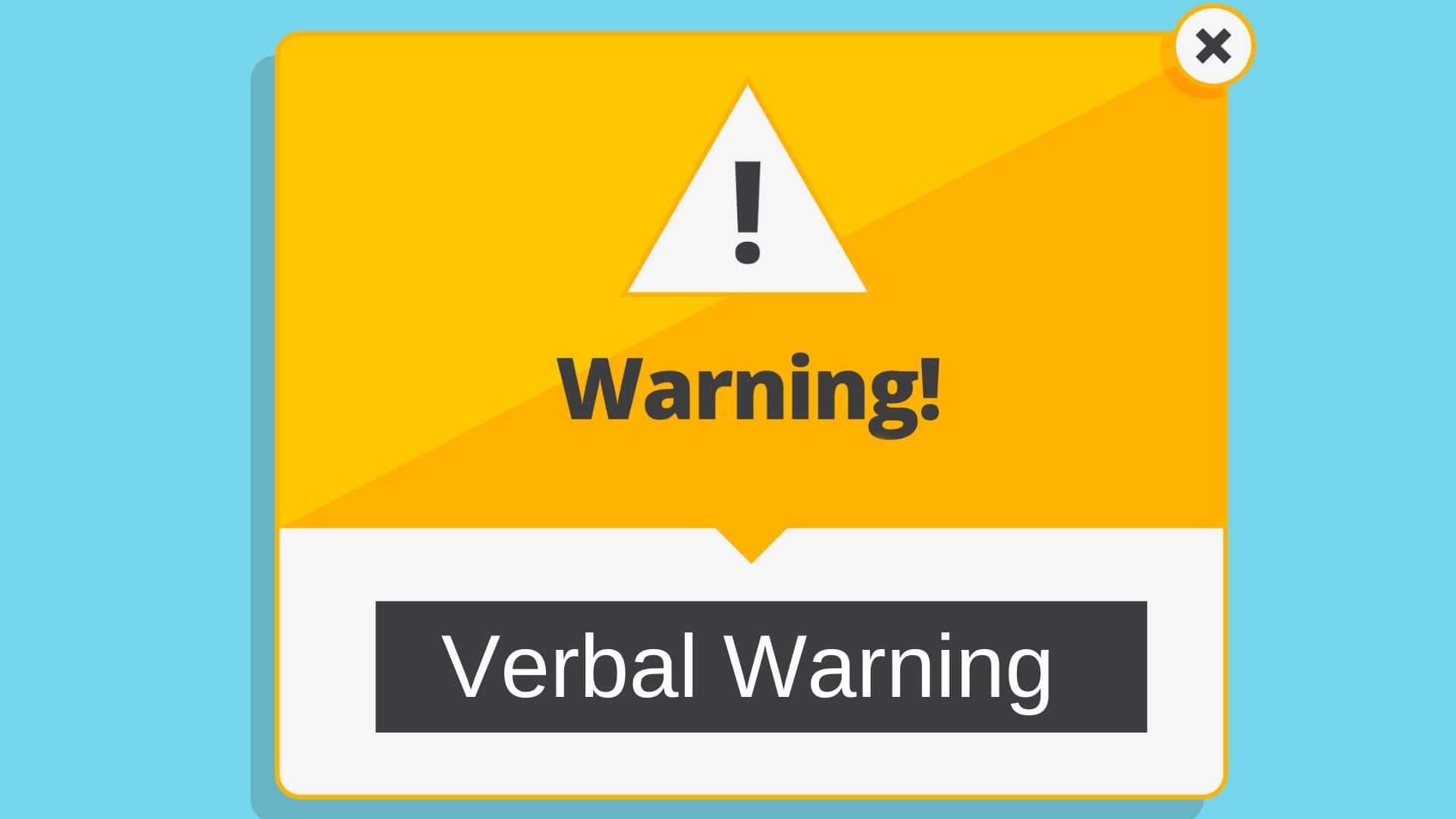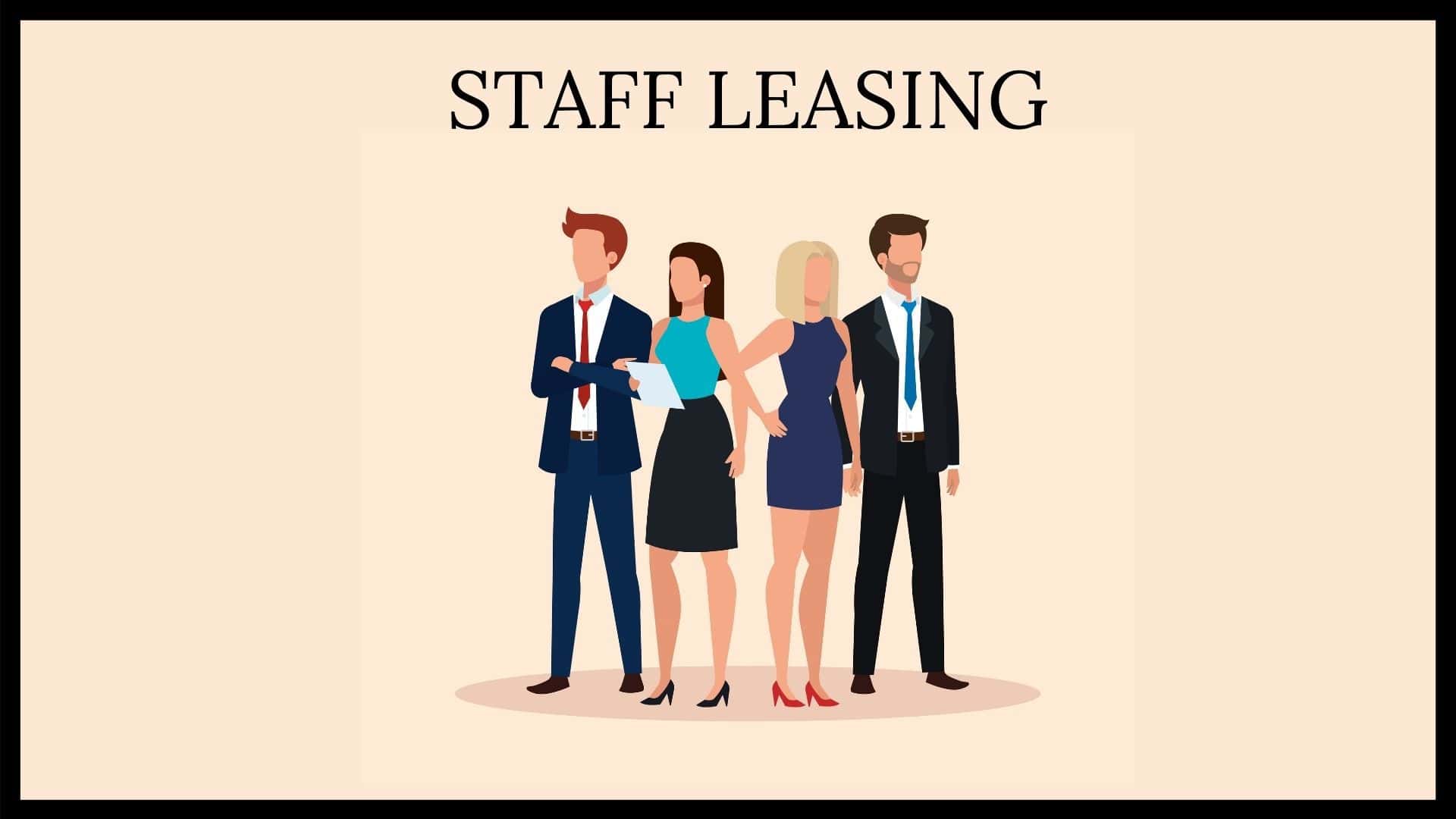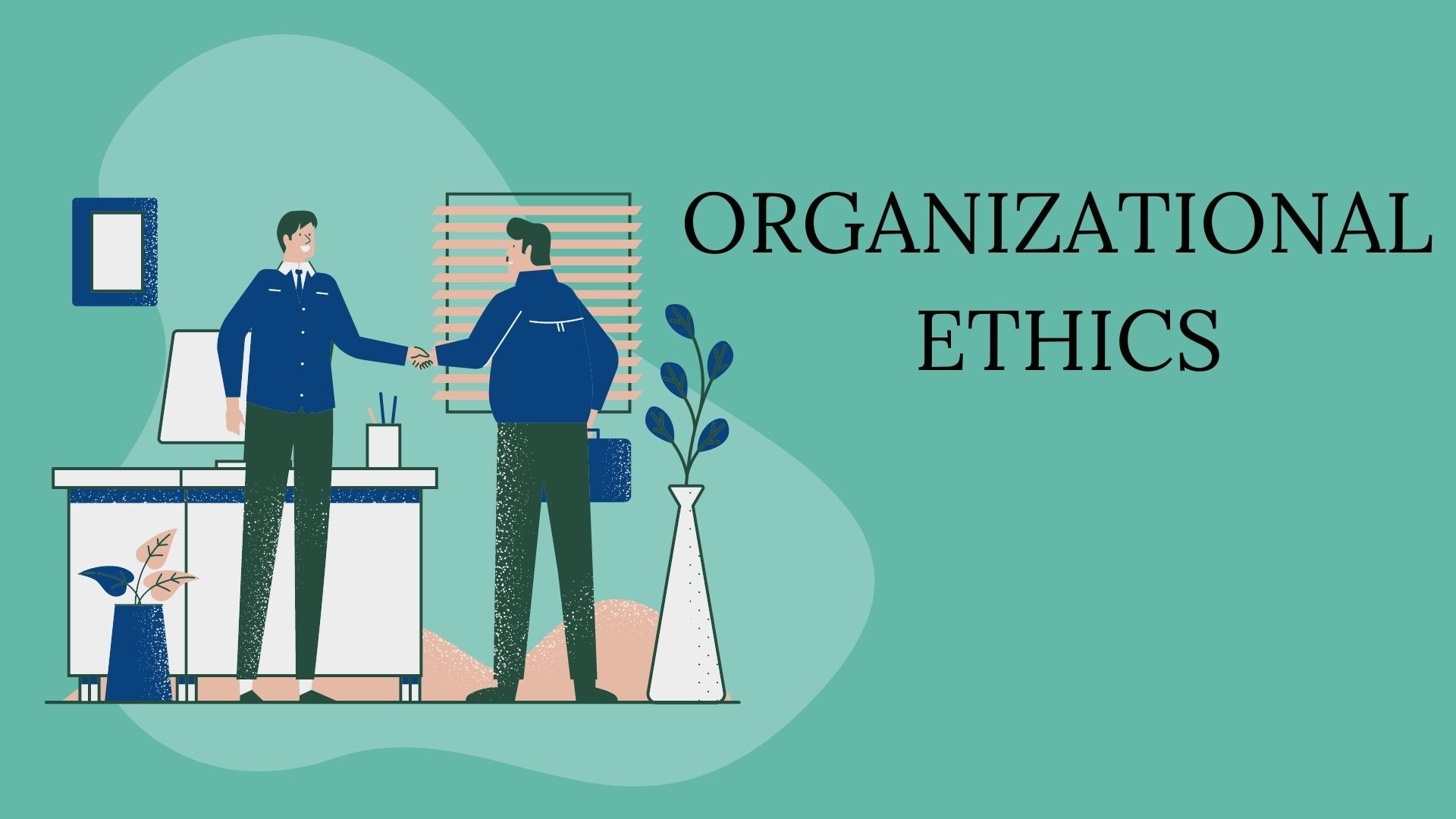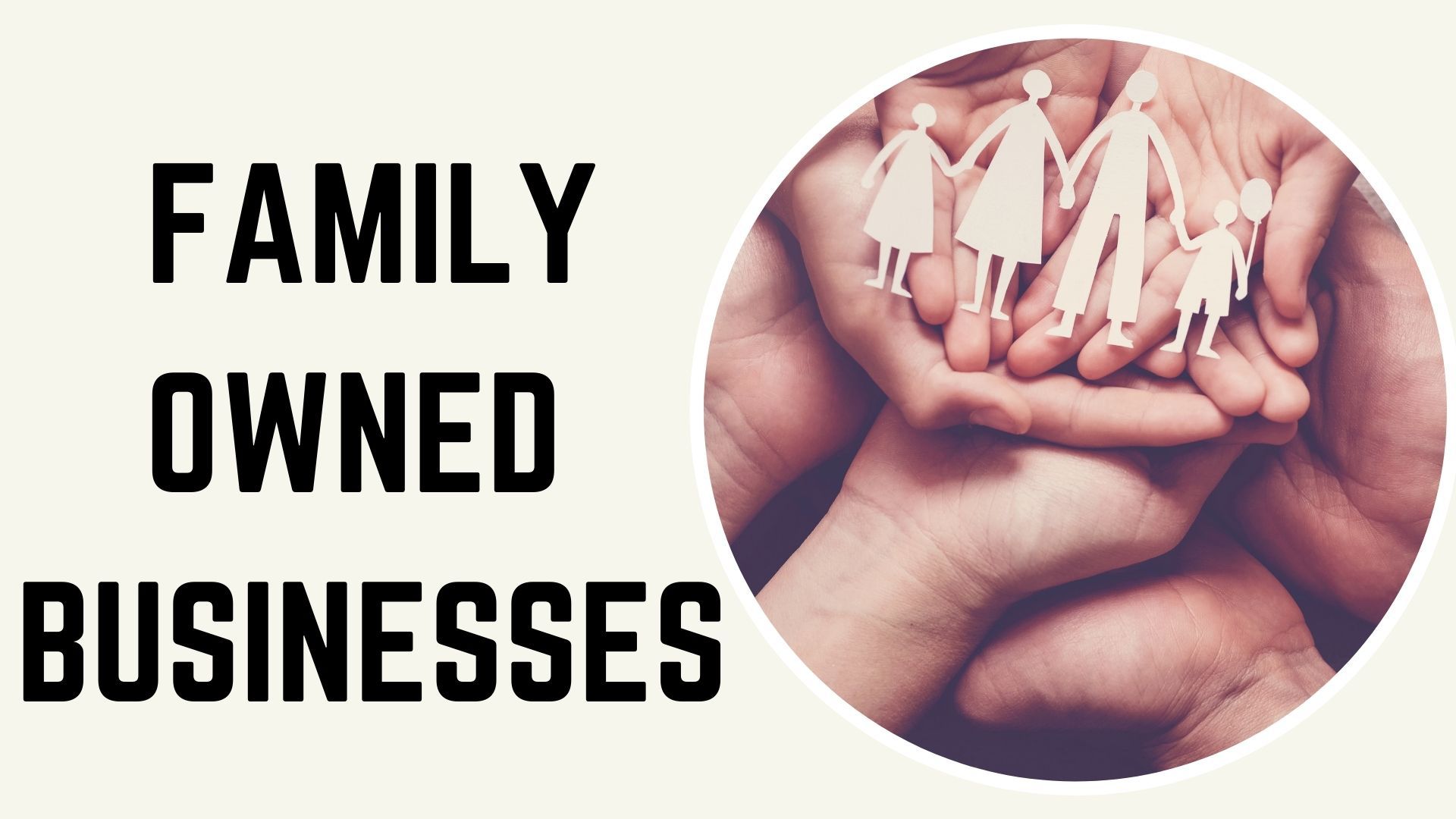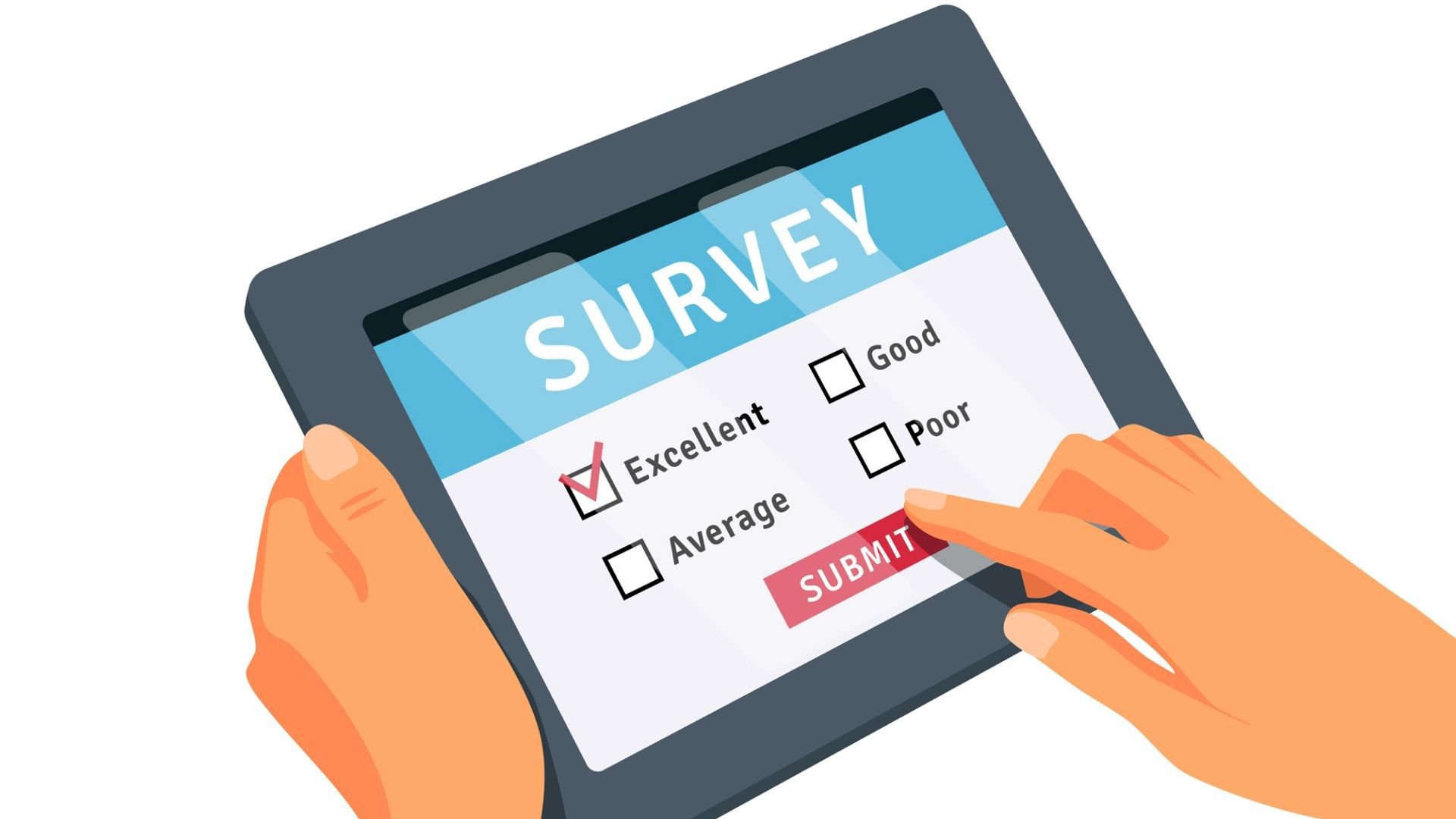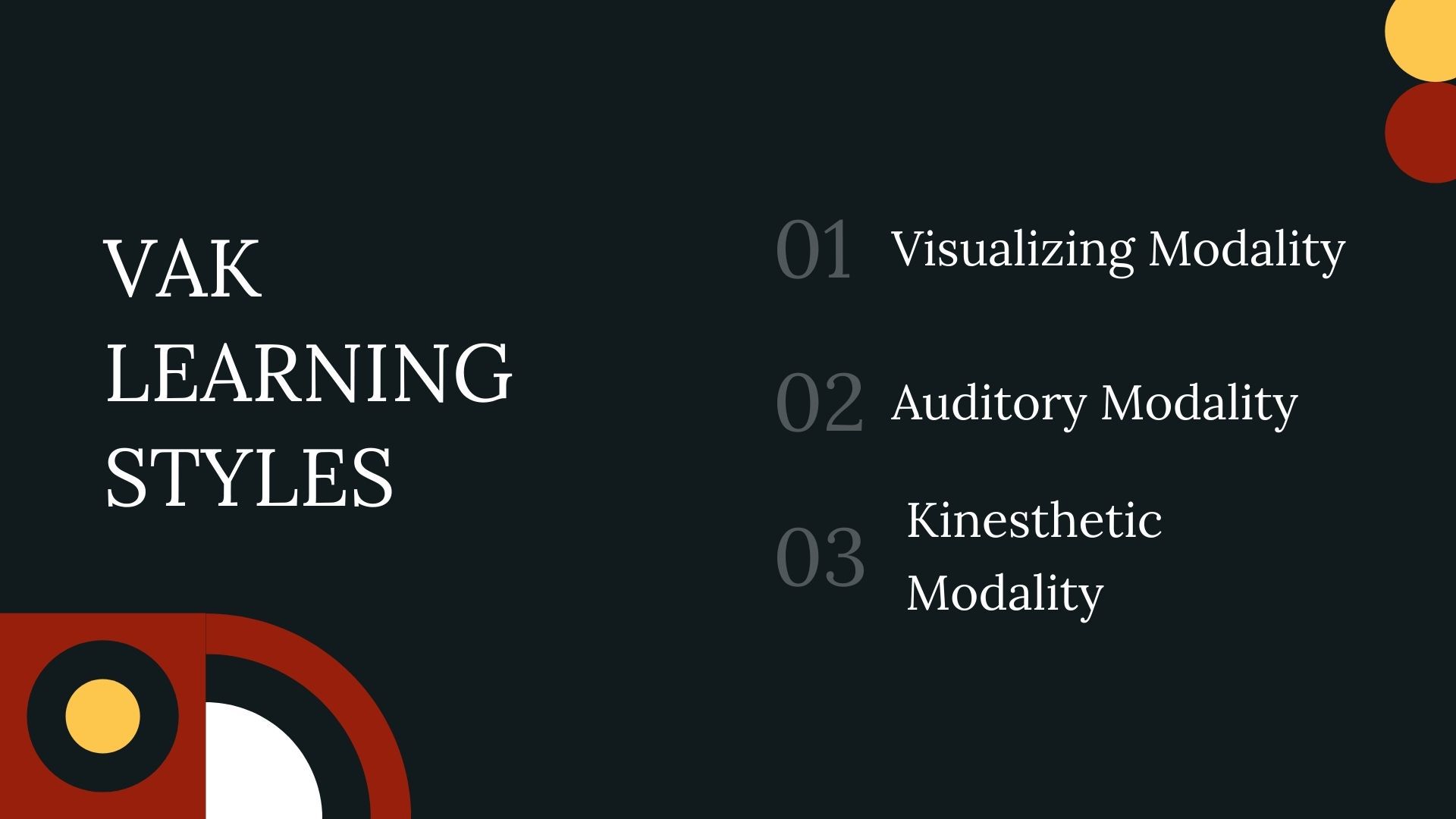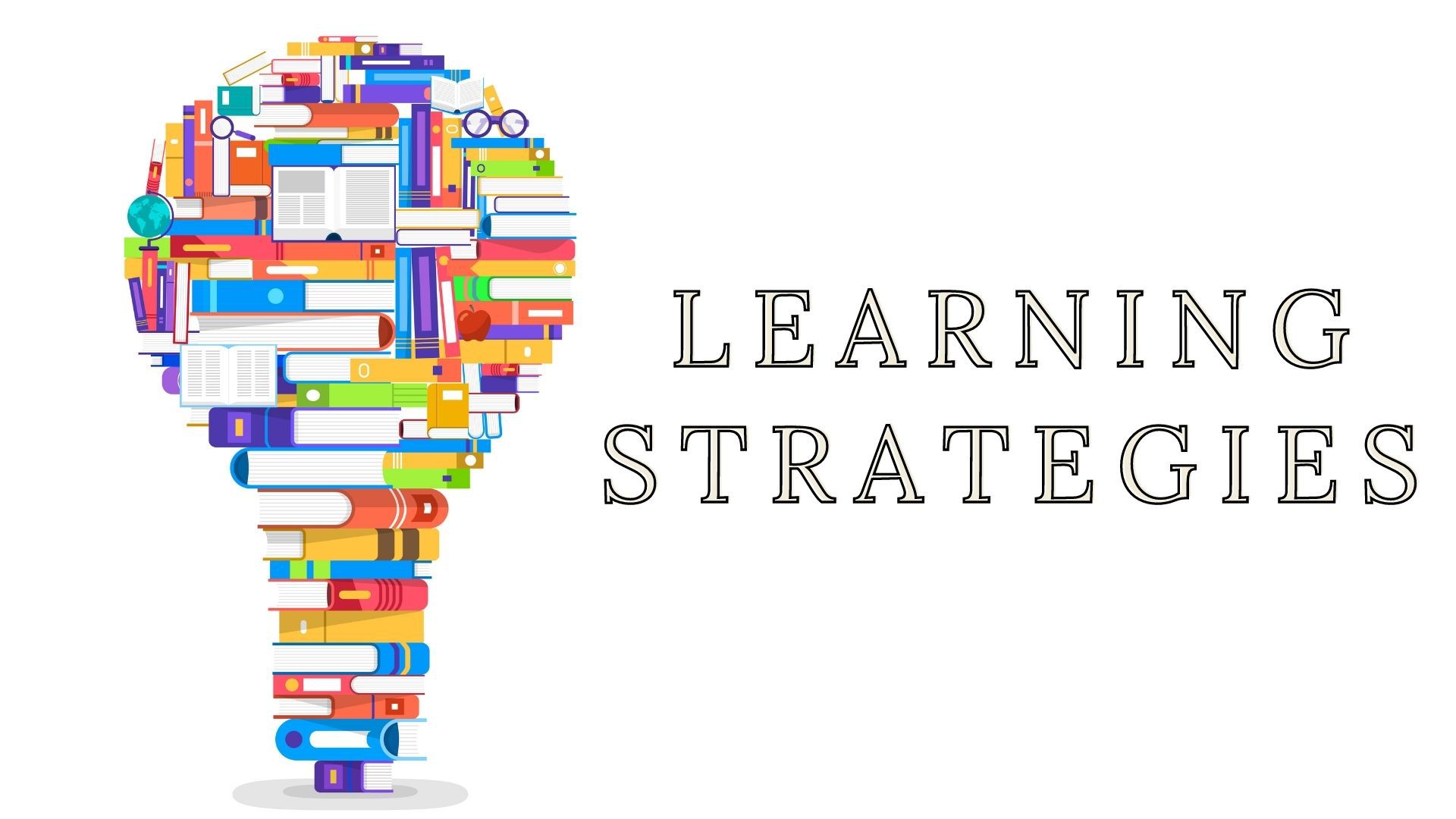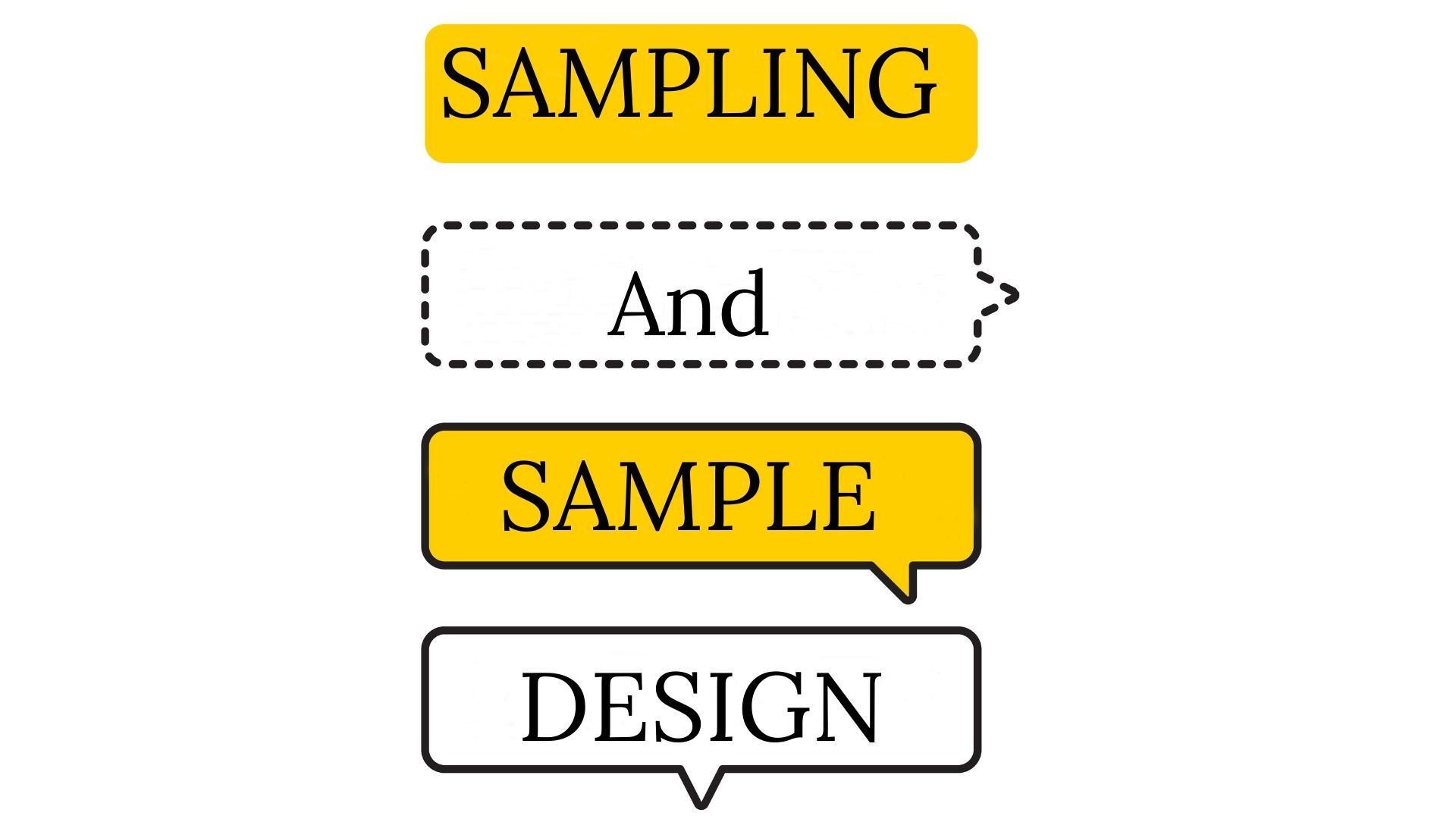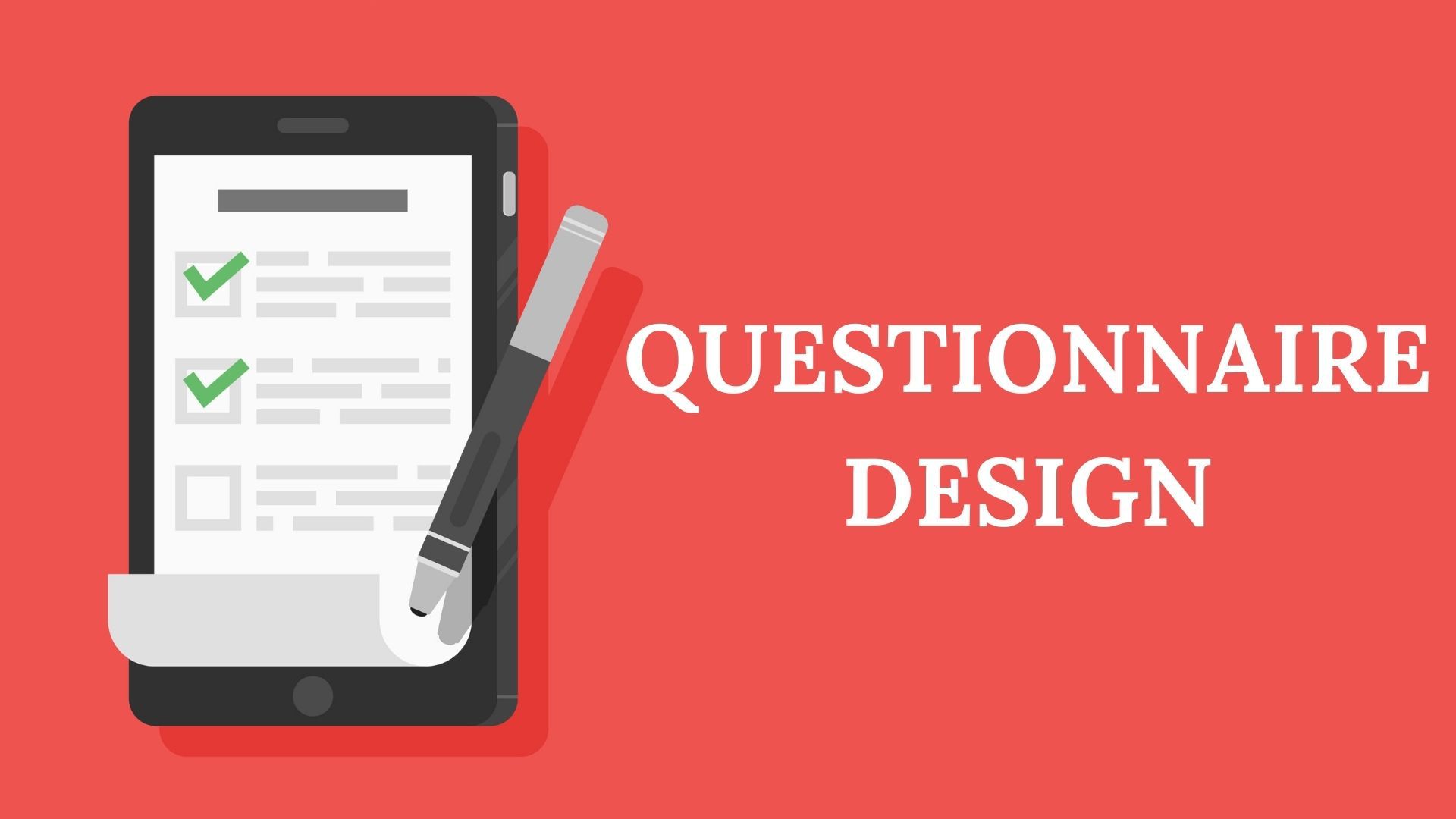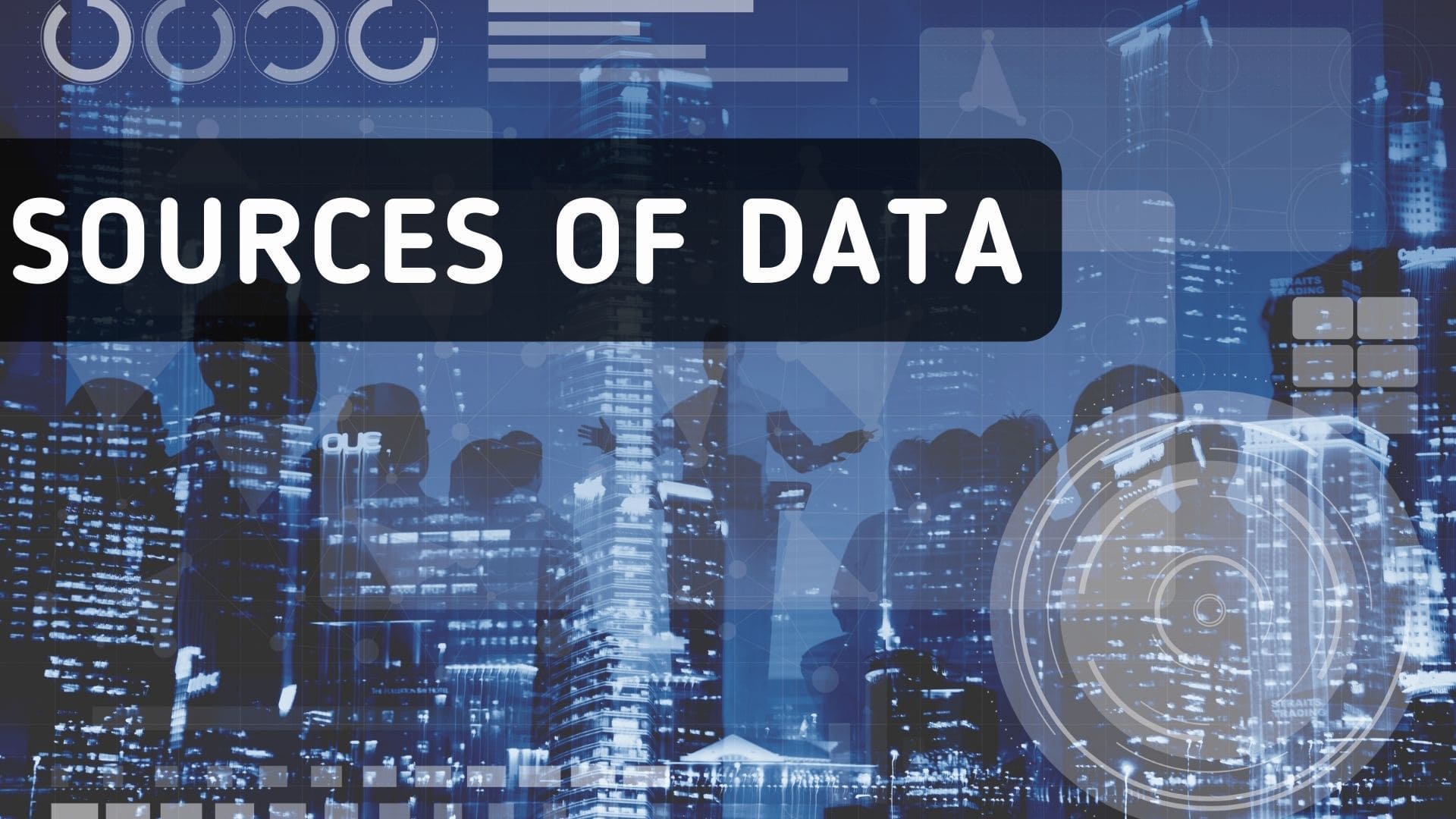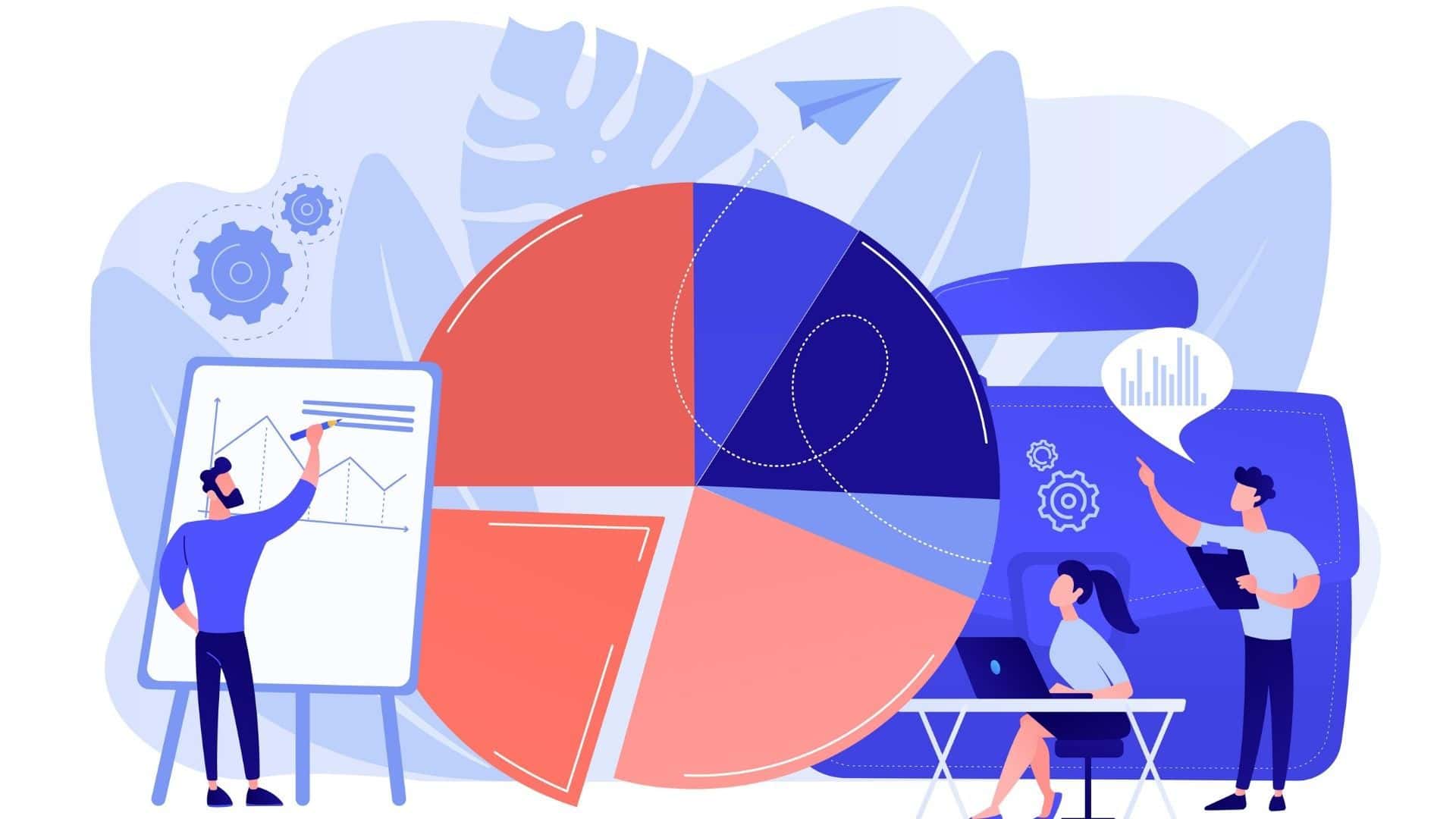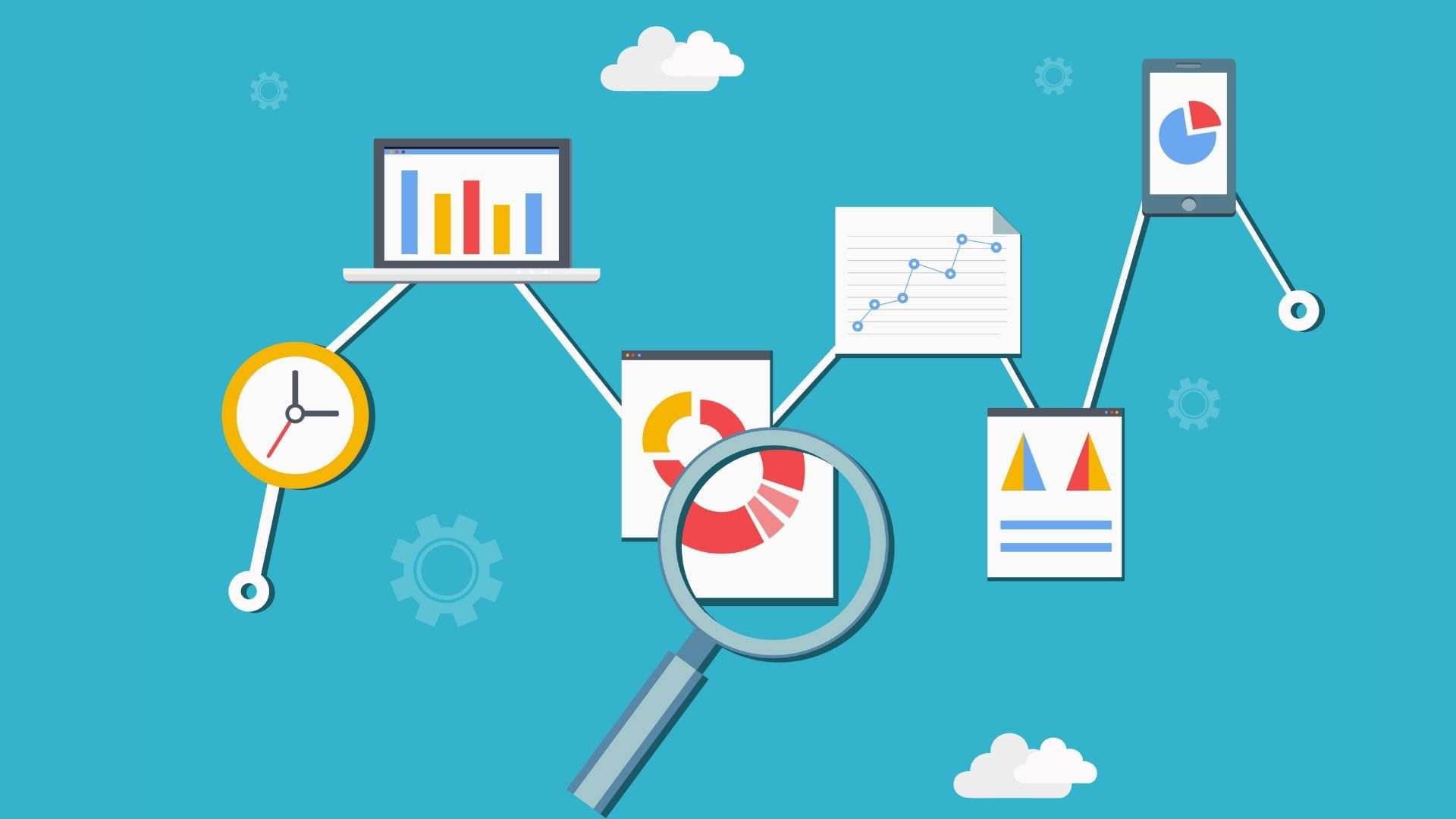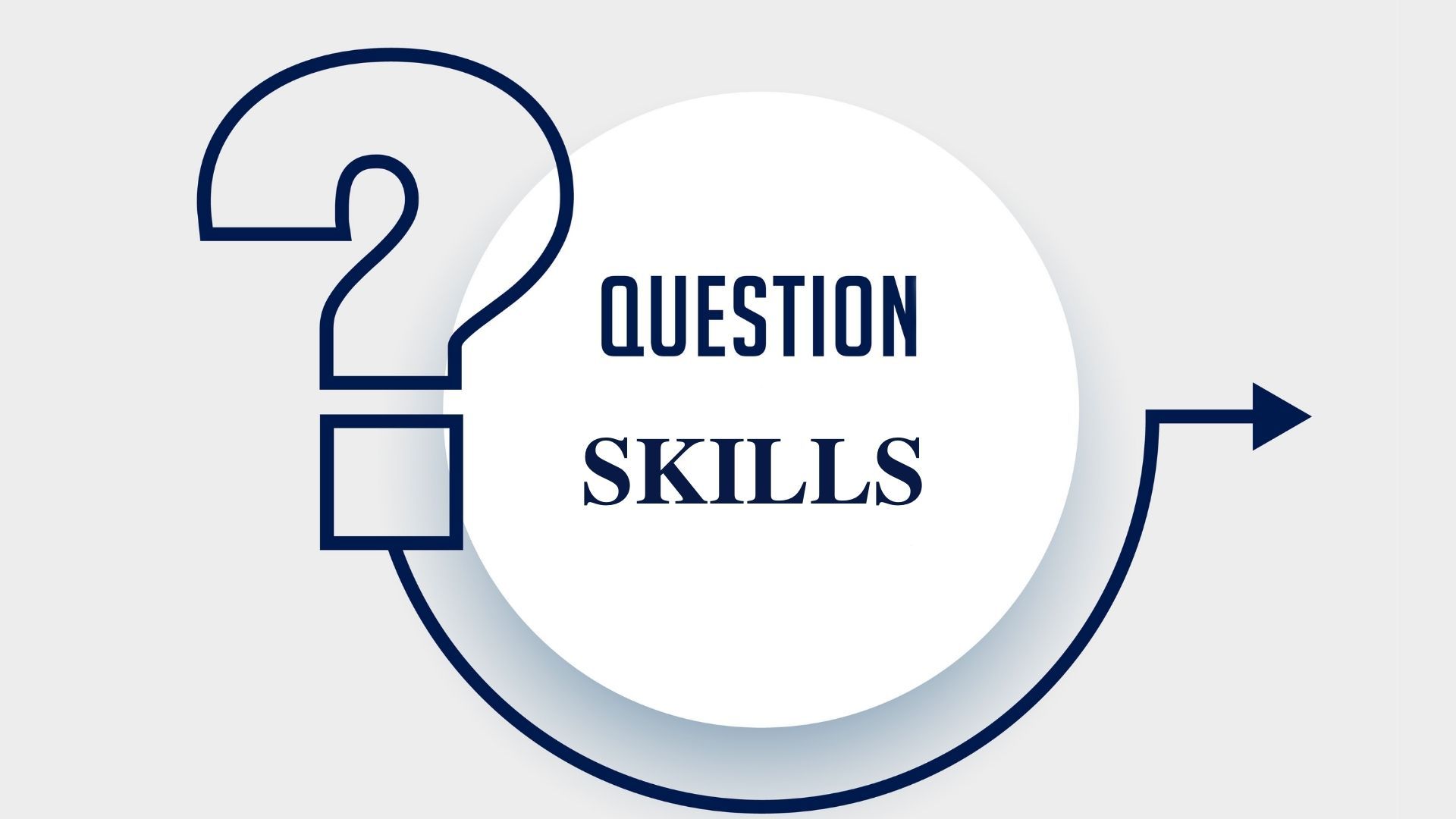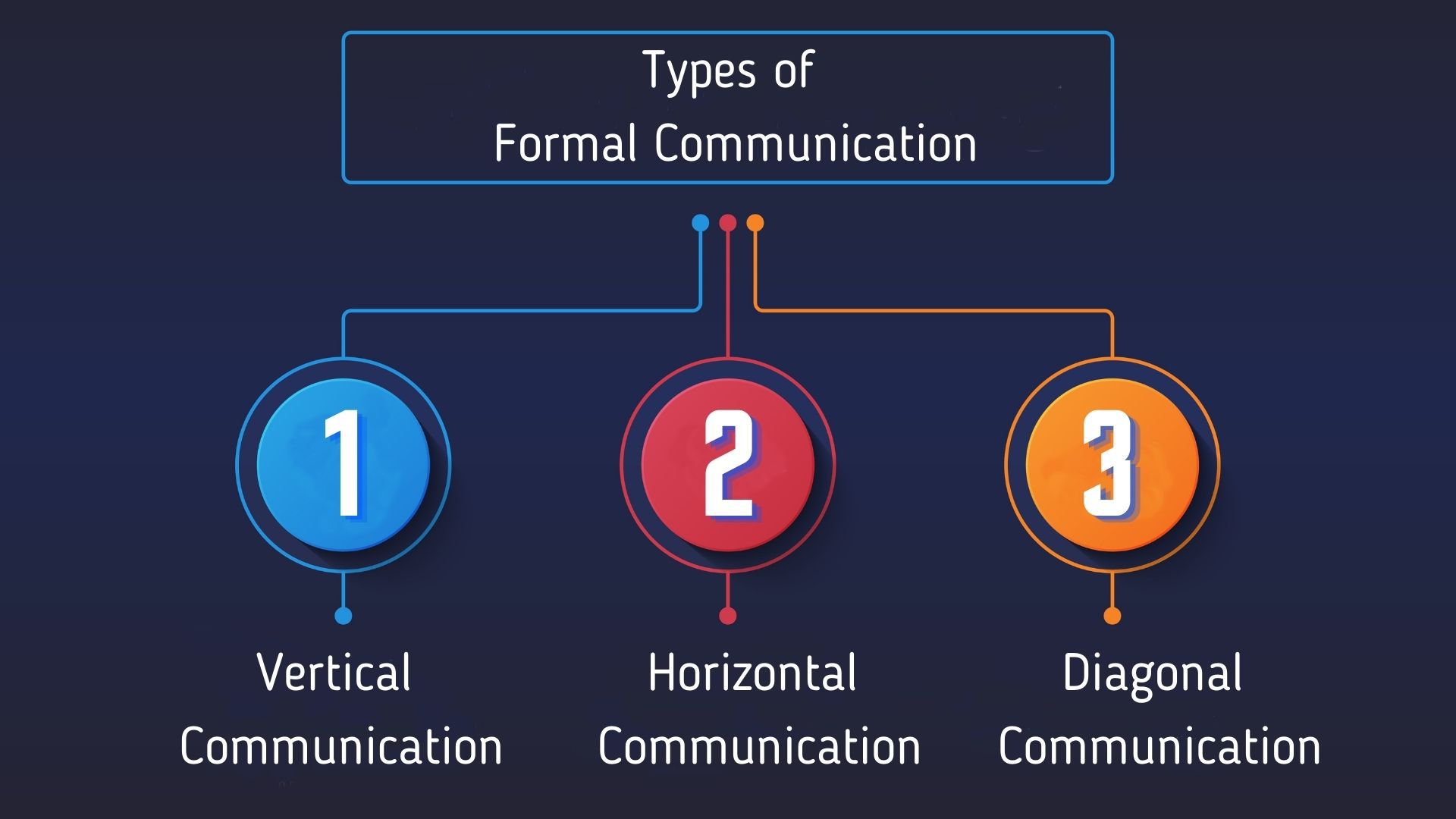Merit Pay or merit-based pay is defined as a payment or a reward that is given to the highest performing worker. Explanation Merit pay is…
Progressive Discipline – Definition, Importance and Steps
Progressive discipline can be defined as a method used in the workplace environment to correct or improve employees’ work performance or their behavior-related issues at…
Strategic Goals – Definition, Importance and Examples
Strategic goals are defined as planned objectives that an organization tries to achieve. Many senior managers usually take a lot of time to develop and…
Labor Productivity – Definition, Importance and Calculation
Labor productivity is defined as the output that every employed person creates per unit of time. What is Labor Productivity? Labor productivity is also referred…
Verbal Warning In The Workplace – Types and Reasons
As the name suggests, a verbal warning process is a warning that is given verbally to an employee in the workplace because their job performance…
Management Development – Meaning, Objectives and Steps
Management development is defined as a process in which managers improve and learn their skills and knowledge so that they benefit not only themselves but…
Reverse Culture Shock – Definition, Signs and Stages
Culture shock or reverse culture shock is defined as the disorientation that people feel when adapting or re-adapting to a new or unfamiliar or familiar…
What is Staff Leasing? Definition, Pros & Cons
In today’s dynamic business landscape, effective human resource management is pivotal, and staff leasing is an increasingly popular strategy. Staff leasing, also known as employee…
Organizational Dynamics – Meaning, Importance & Elements
Organizational dynamics is defined as a process that helps to strengthen resources and boost the performances of employees continuously. It is how a company learns…
Organizational Ethics – Meaning, Importance and Elements
Organizational ethics is a form of applied or professional ethics that scrutinizes ethical morals, values and principles that arise in a workplace. It applies to…
Organizational Goals – Definition, Types and Steps
Organizational goals are defined as the goals that a company tries its best to meet. The term puts its focus on the overall mission, intention,…
Organizational Justice – Meaning, Types and Applications
Organizational justice is defined as a concept that refers to the perception of an employee about the action, decision and behaviour of the organization and…
Decision Making Framework – Types & Classifications
A decision-making framework is used for effectively and accurately designing and developing assessment methods and tools for an organizational environment. The framework effectively clarifies how…
Top 15 Family Owned Businesses in the World
As per the study, around 35% of the top companies listed by Fortune are family-owned businesses. These family-controlled businesses are responsible for 64% percent of…
Pre-Employment Test – Definition, Types and Benefits
The pre-employment test is defined as a standardized way of collecting data and information of the applicants that have applied for a job in the…
Reading Strategies – Meaning, Elements and Types
Reading is defined as a cognitive process that helps to derive the meaning of words in a specific language. The reader has to use numerous…
Report Writing – Elements, Template and Format Sample
Report writing is defined as a formal style of writing used to describe a topic elaborately. It is for a specific target audience and includes…
Survey Design – Meaning, Importance and Best Practices
Survey design refers to the steps that are taken at the time of conducting a survey. It is defined as the planning process of the…
Theory – Definition, Types, Steps, and Characteristics
A plausible or scientifically acceptable general principle or body of principles offered to explain phenomena – Merriam Webster The theory is often referred to as…
Upper Management – Responsibilities, Skills and Steps
Upper management is also referred to as executive management or senior management and is positioned at the highest level in an organization. The upper or…
VAK Learning Styles – Definition and Types
VAK Learning styles refer to the theory of individual learning. If you are looking for the answer to who created the VAK Learning styles model,…
Effective Techniques of Learning Strategies
Learning strategies are defined as the tactics used by the students in their learning process. It is the self-generated action that helps them to optimize…
Note-Taking – Important Methods, Apps and Advantages
Note-taking is defined as one of the best ways to write down information that you consider necessary to go back, revise, and recall the subject…
Franchising – Definition, Advantages and Disadvantages
Franchising can be defined as a business relationship between two parties (franchisor and franchisee). Under the franchising business protocol, the franchisor provides the franchisee’s license…
Sampling and Sample Design – Types and Steps Involved
Sampling and sample design is an essential factor as it is based on the judgment of the researcher to provide the best information for the objectives…
9 Qualities of an Effective Leader with Examples
Are you curious about the characteristics of an effective leader? The first thing that you need to understand is that an effective leader stays on…
List of Employees Expectations and Tips to Fulfil Them
To be a great boss, being aware of employee expectations is vital for attracting and retaining great employees. Managers act as the fulcrum in any…
Importance of Eye Contact During Communication
Eye contact is defined as a non-verbal communication sign often used during communication or conversation. Eye contact is nothing but looking in someone else’s eyes…
Questionnaire Design – Overview, Features & Fundamentals
A questionnaire is a powerful research tool that involves a series of relevant questions. The question setter or researcher sets the questions to gather information…
Sources of Data – Types and Ways of Collecting Data
Data is the backbone of any data analysis work which is carried on in the research process. Data analysis and interpretation work purely on the…
What are the Types of Market Research?
Market Research is one of the business strategies used to help the company or the brand research their target audiences and market. It helps them…
7 Steps To Conduct Research Process
Without the research process, experiments are incomplete. Researchers implement the research process in their experiments to conclude. It includes identifying, assessing, and analyzing the information…
What is Customer Satisfaction?
Customer satisfaction is a behavioral response of a consumer when he or she does an after-purchase evaluation of a product, service, brand, or experience. It…
What are Questioning Skills and Various Techniques for it?
Questioning skills is an important aspect of learning. It is also good for the teaching process. Teachers always ask their students questions about the subject…
Research Methodology – Overview, Types and Methods
Research methodology revolves around a step-by-step method for garnering, analyzing, and processing the collected data. Everything here is according to the research design. It is…
An Ultimate Guide on How to Develop a Content Strategy
The content strategy revolves around an ongoing cycle of converting business goals and objectives into an arrangement that utilizes content as an essential method for…
4 Types of Communication Styles
Communication style is associated with the ways one says whatever he or she says. Often, you would have seen people responding in the same manner…
Effects of Poor Communication in the Workplace
Poor communication in the workplace will always lead to innumerable issues. It is important to have solid relationships so that a business entity can grow,…
Informal Communication – Definition, Types and Examples
Definition: Informal communication is the spontaneous and unofficial flow of information between leaders, employees, colleagues, and other people within the organization. It is based on…
Formal Communication – Meaning, Types & Characteristics
Definition: Formal communication is the structured and official flow of information between leaders, employees, colleagues, and other people at various levels in the organization. It…




